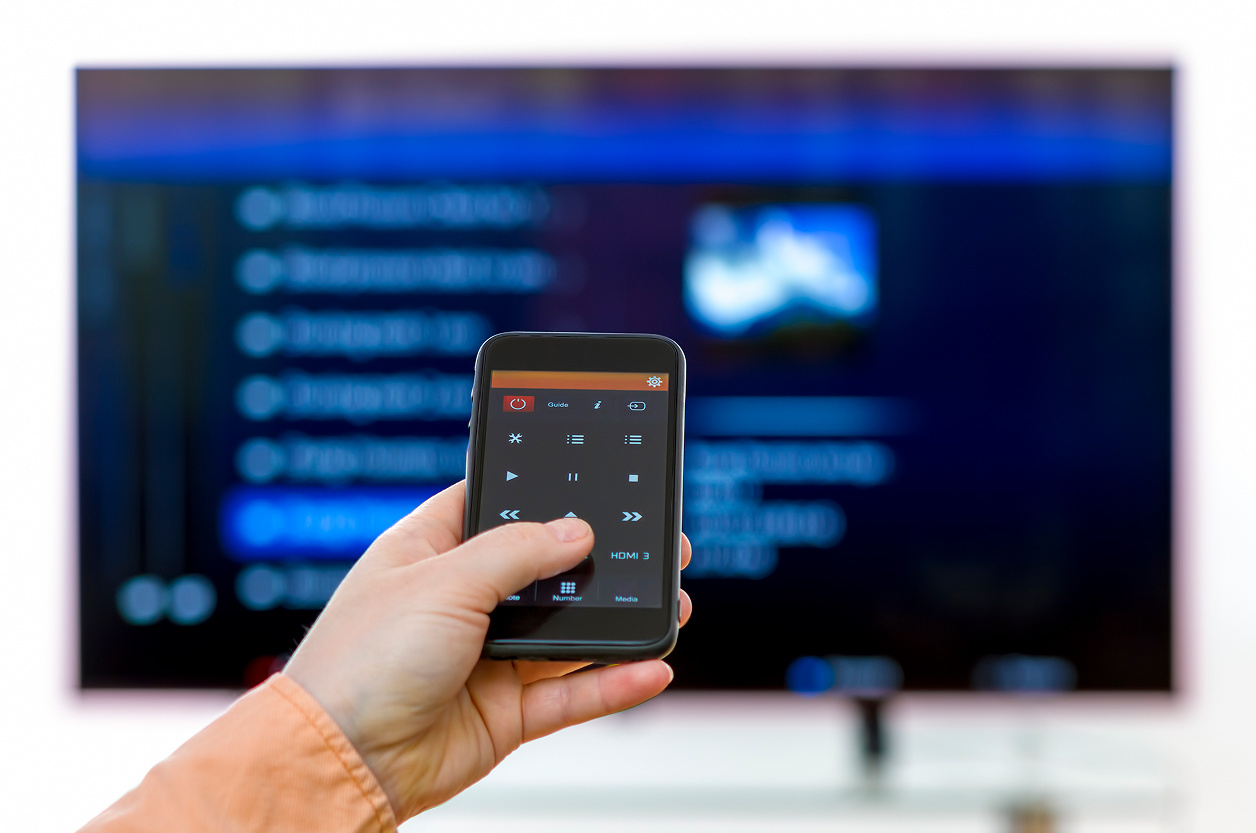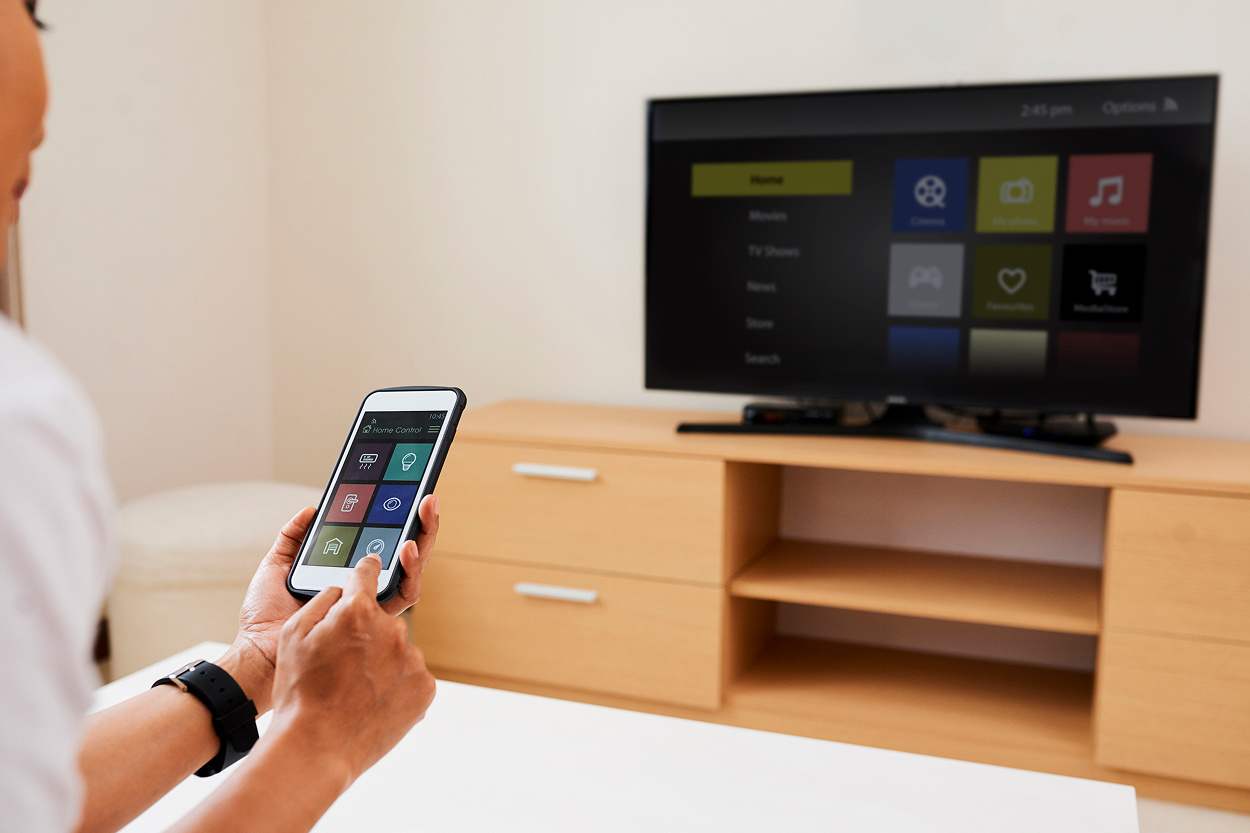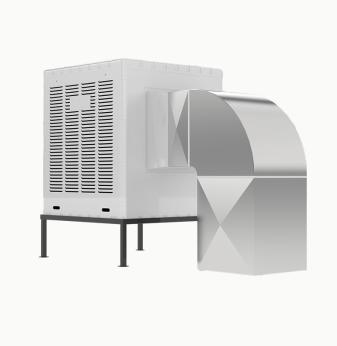UI/UX on TV Devices: Requirements, Challenges, and Best Practices

Creating a great user experience for mobile or desktop apps is hard. Doing it for TV devices is even harder. Smart TVs, set-top boxes, and HDMI dongles run on unique platforms like Android TV, Tizen, WebOS — all with different input methods, hardware constraints, and user behavior patterns.
In this article, we’ll unpack the key requirements for UI/UX design on TV platforms, explore common challenges, and share field-tested best practices from our embedded and OTT design teams at Promwad.
Why TV UX Is Fundamentally Different
The typical user experience on TV involves:
- Remote controls (not touch)
- 10-foot viewing distance
- Frequent content switching
- Multi-device fragmentation
- Older or underpowered hardware
- Strict certification guidelines
This creates a design paradigm that differs dramatically from mobile or web interfaces. What works on a touchscreen often fails on a TV.
Core Requirements for OTT and TV UX
1. Focus on D-pad Navigation
Remote control navigation is based on arrows, not gestures. That means:
- Clear visual focus indicators
- Predictable up/down/left/right movement
- Logical element grouping
- Limited use of modals or hidden actions
Without proper focus management, users get “lost” in the interface.
2. Legibility at a Distance
TVs are used at 2–4 meters from the user, which means:
- Font sizes must be large (24px–36px minimum)
- High-contrast themes improve readability
- Overlays and subtitles must avoid key content areas
- Testing on real TVs (not just desktop simulators) is crucial here.
3. Performance-Aware Design
TVs often have limited CPU/GPU power, especially budget STBs. So:
- Use static animations sparingly
- Avoid nested scroll views or large DOMs
- Optimize image assets for memory usage
- Reuse UI elements to minimize rendering cycles
Your UX should never compete with video playback for system resources.
4. Seamless Input Feedback
TV users expect instant responses to button presses. Lag ruins the experience. Prioritize:
- Low-latency input loops
- Immediate visual feedback on click
- Consistent transitions with no unexpected delays
Common UX Mistakes on TV Platforms
Even experienced designers fall into traps. The most common issues include:
- Designing for mouse instead of remote
- Hiding key actions behind long-presses or swipes
- Using non-square grid navigation (e.g., diagonals)
- Failing to handle edge cases like no network or no content
- Animating everything, causing performance drops
A good rule: if the user can’t navigate it with four arrows and “OK,” rethink it.

Certification Constraints (Android TV, Tizen, WebOS)
TV platforms impose strict UI guidelines for apps:
- Android TV mandates lean-back launcher integration and content rows
- Tizen has layout restrictions and special approval for certain behaviors
- WebOS enforces system bar spacing and input zones
Failing to meet these can lead to rejected submissions or long approval cycles.
Our team regularly supports clients in adapting their UX to meet certification requirements across vendors.
Best Practices for Reliable TV UX
1. Use a Grid-First Layout
Design all screens as grids. That simplifies D-pad navigation, makes focus logic easy, and improves layout predictability.
2. Think in States, Not Screens
Each UI component should define idle, focused, pressed, and loading states. This ensures smooth transitions and user clarity.
3. Prototype on Real Devices Early
Simulators won’t capture remote latency, display overscan, or rendering hiccups. Get early builds running on real TVs or STBs.
4. Create a Custom Component Library
TV-specific UX patterns are different. Build reusable components for:
- Carousel rows
- Focusable cards
- Remote menus
- Playback UIs
That way, future projects don’t start from scratch.
5. Optimize for Localization and RTL
TVs ship globally. Make sure your layouts:
- Support right-to-left (RTL) navigation
- Fit text strings in multiple languages
- Dynamically scale for different screen resolutions
These factors are often overlooked in early design phases but cause major regressions later.
Embedded Design Teams: A Hidden Advantage
Designing for TV isn't just about pixels — it's also about constraints, firmware behavior, and platform quirks. At Promwad, our embedded engineers work hand-in-hand with designers to:
- Benchmark UI performance under real CPU load
- Profile memory usage of UI components
- Coordinate app behavior with underlying video pipelines
This collaboration reduces iteration cycles and helps ship UI that’s not just beautiful — but reliable.
Conclusion: UX Is a Product Differentiator
In the battle for user attention, UX is everything. It’s what keeps viewers from churning or choosing another app. But on TV platforms, creating great UX requires a new skill set, one rooted in embedded awareness and platform constraints.
At Promwad, we design and optimize OTT and TV interfaces that don’t just pass certification — they delight users across Android TV, Tizen, WebOS, and AOSP platforms.
If you’re building or scaling an OTT product and want to make sure your UX works where it matters — on the TV — let’s connect.
Our Case Studies in This Industry








